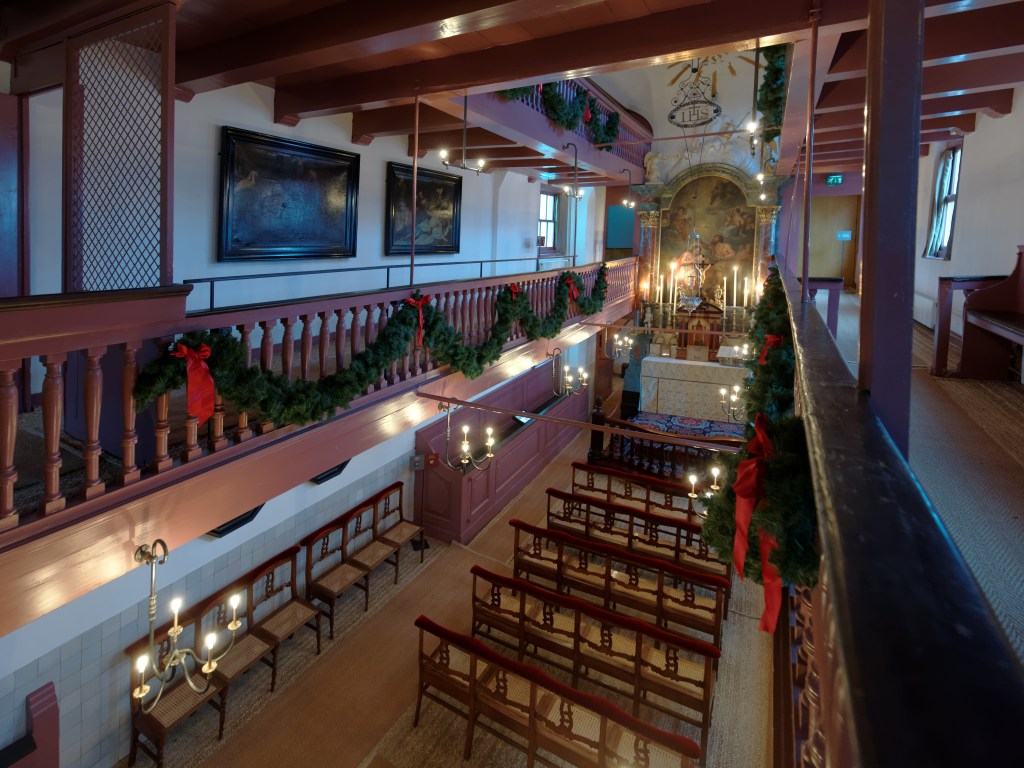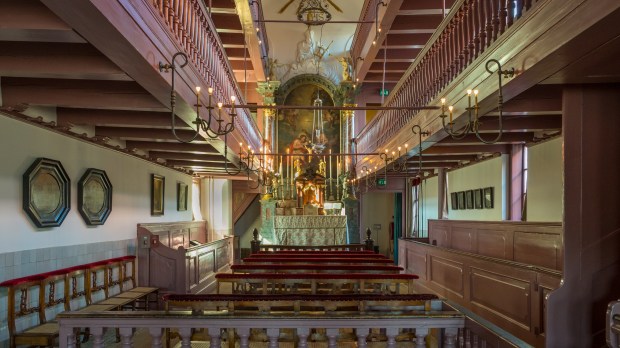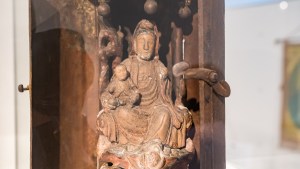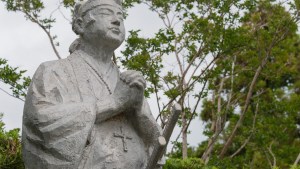Lenten Campaign 2025
This content is free of charge, as are all our articles.
Support us with a donation that is tax-deductible and enable us to continue to reach millions of readers.
While Amsterdam is known today for being one of the most secular cities in the Western world, that was not always the case. Back in the 17th century, as Lutheranism took hold in the region, Catholicism was frowned upon. This period saw the rise of “house churches,” secret places of worship hidden in seemingly ordinary homes. The most famous example is the Museum of Our Lord in the Attic – Ons’ Lieve Heer op Solder, in Dutch.
Catholic faith, hidden from view
These attic churches were indeed Catholic. After the Protestant Reformation, Catholicism was, to a great extent, restricted in the Netherlands. Public displays of faith were forbidden, forcing Catholics to practice their religion in secret. Soon enough, merchants like Jan Hartman saw an opportunity. By converting their attics into fully functioning churches, they could continue to worship without attracting unwanted attention.
Built in the 1660s, Our Lord in the Attic is a marvel of hidden construction. The attic church has a pulpit, altar, and pews, all discreetly crammed into the top floors. The house itself has been turned into a museum, showcasing the ingenuity used to maintain a place of worship under duress. Visitors marvel at the hidden entrance disguised as a bookcase and the ingenious pulley system that lifted the communion table into place when needed.

While Our Lord in the Attic is the most famous example, other house churches existed throughout Amsterdam. All of them offer a unique lens into a complex chapter of Amsterdam’s history. They symbolize both the oppression faced by religious groups and the unwavering spirit that kept their faith alive.
Exploring these hidden gems provides a deeper understanding of how past struggles have contributed to the formation of the spirit of the city.
Visiting a house church, especially Our Lord in the Attic, is a powerful experience. Walking the same narrow corridors as those who worshiped in secret centuries ago creates a palpable connection to history. It’s a poignant reminder of the importance of religious freedom and the enduring power of devotion.




